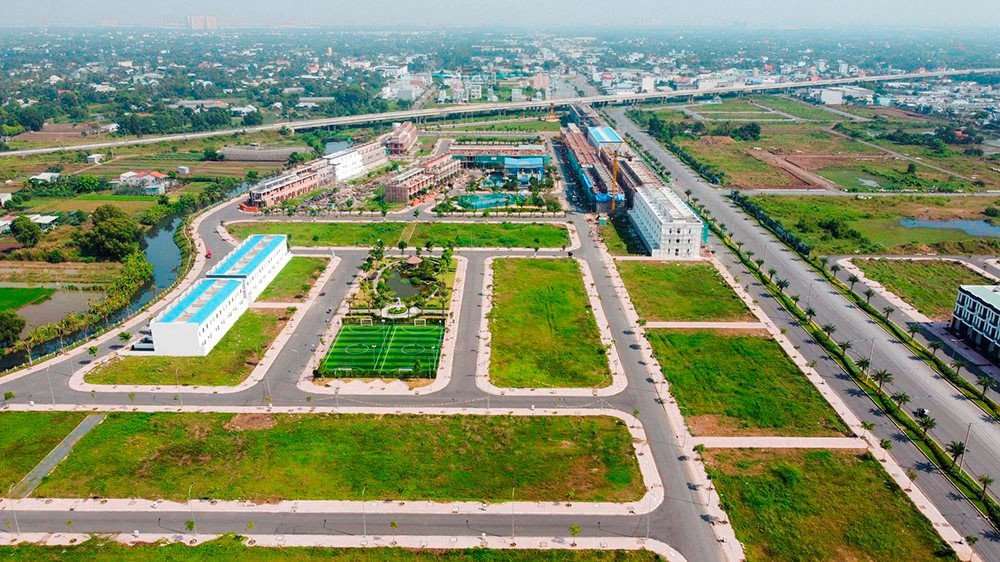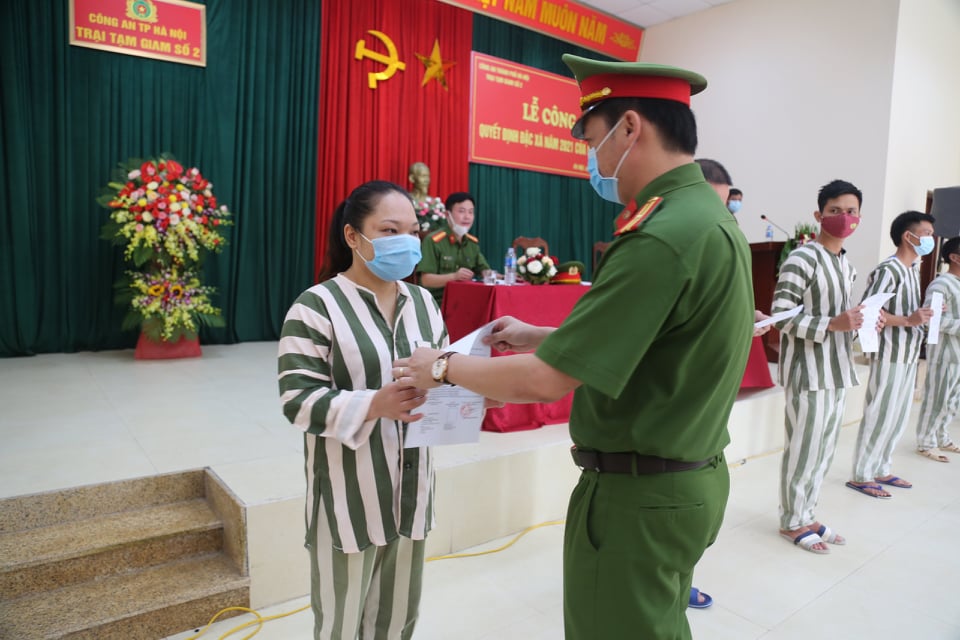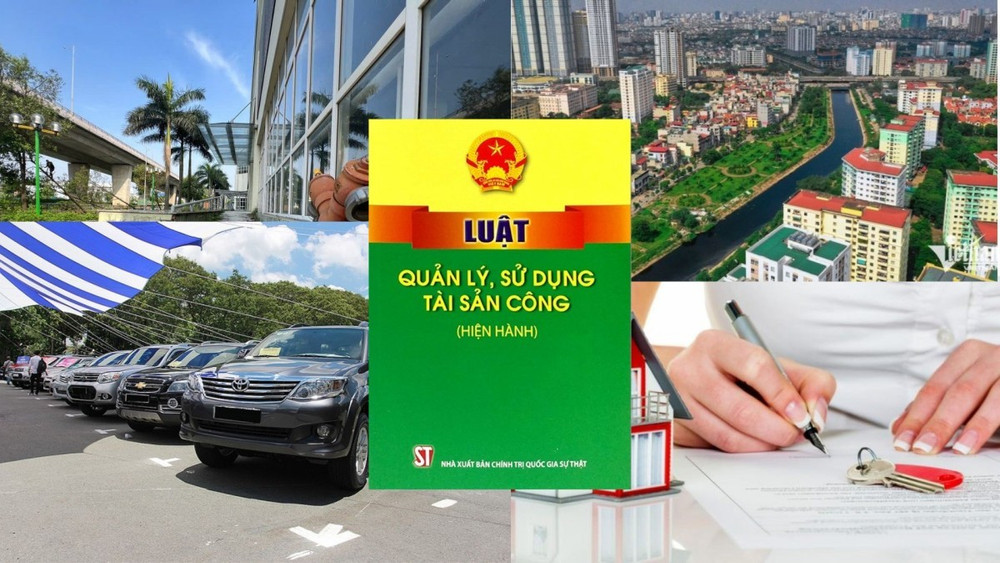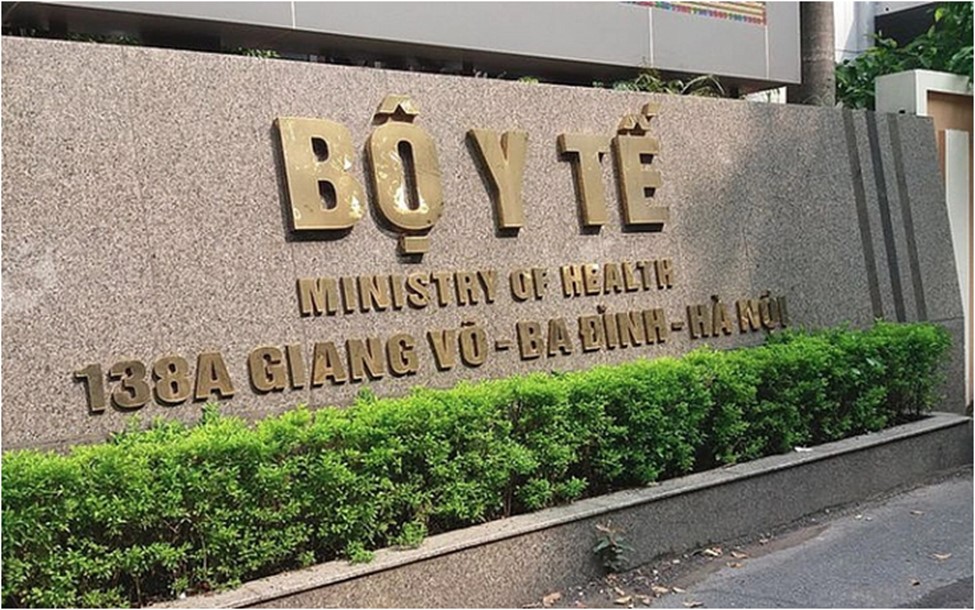04 Land valuation methods in Vietnam as of February 5, 2024
What are the land valuation methods in Vietnam as of February 5, 2024? What are the conditions of application of land valuation methods in Vietnam? – Phuoc Lam (Da Nang)

04 Land valuation methods in Vietnam as of February 5, 2024 (Internet image)
Regarding this matter, LawNet would like to answer as follows:
04 Land valuation methods in Vietnam as of February 5, 2024
Specifically, from February 5, 2024, there will be 4 land valuation methods in Vietnam, including:
(1) The comparison method is applied by adjusting prices of land parcels with similar purposes and certain commonalities on factors affecting the land price that have been sold on the market or at auction which already fulfilled financial obligation according to a winning decision. It is based on analyzing and comparing factors affecting land prices after subtracting the value of property on land (if any) to determine the price of the land parcel to be valued.
(2) The income-based method is implemented by dividing the average annual net income from a land unit by the average annual interest rate of 12-month term deposits in Vietnamese currency at commercial banks where more than 50% of the charter capital is held by the State or the total number of voting shares in the province for 3 consecutive years up to the end of the latest quarter with data before the valuation date.
(3) The surplus-based method is performed by subtracting the estimated total cost from the estimated total revenue of the land parcel or land zone (land use coefficient, building coverage ratio, maximum number of floors of the building) according to the land use planning and detailed construction planning approved by the competent authority.
(4) The land price adjustment coefficient method is applied by multiplying the land price coefficient by the land price in the land schedule. The land price coefficient is promulgated by the People's Committee of the province or centrally affiliated city (hereinafter referred to as provinces) by comparing the land price in the land schedule with the popular land price on the market.
(Article 4 of Decree 44/2014/ND-CP, amended in Decree 12/2024/ND-CP)
Conditions of application of land valuation methods in Vietnam as of February 5, 2024
Conditions of application of land valuation methods in Vietnam include:
- The comparison method is applied for valuation in case there are at least 3 land parcels with similar purposes and certain commonalities on factors affecting the land price that have been sold on the market or at auction which already fulfilled financial obligation according to a winning decision (hereinafter referred to as comparable land parcels), except for the cases specified in Points a, b, c and d Clause 4 of Article 5 of Decree 44/2014/ND-CP, amended in Decree 12/2024/ND-CP.
- The income-based method is applied for valuation in case the agricultural or non-agricultural land parcel or land zone is not residential land but the land parcel/land zone to be valued does not meet the conditions to apply the comparison method but the income and expenses from land use according to the legal land use purpose on the valuation date are determinable, except for the cases specified in Points a, b, c and d, Clause 4 of Article 5 of Decree 44/2014/ND-CP, amended in Decree 12/2024/ND-CP.
- The surplus-based method is applied for valuation in case the land parcel or land zone to implement an investment project does not qualify for the comparison method or income-based method, but the total development revenue and total development costs of the project can be estimated, except for the cases specified in Points a, b, c and d, Clause 4 of Article 5 of Decree 44/2014/ND-CP, amended in Decree 12/2024/ND-CP.
- The land price adjustment coefficient method is applied to determine the land price of a land parcel or land zone as specified in the land schedule issued by the Provincial People's Committee and that falls into one of the following cases:
= The cases specified in Point a, Clause 4, Article 114 and Clause 3, Article 189 of the Law on Land 2013;
= Calculation of annual land rent when the State leases land without auctioning land use rights:
= Calculation of starting price for land use right auction when the State allocates land, leases land in case the land parcel or land zone has been invested in technical infrastructure according to detailed construction planning;
= Determination of the land price of the land parcel or land zone that needs to be valued, the total value calculated according to the land price in the land schedule for the area subject to land levy or land rent is less than 30 billion VND for central-affiliated cities, less than 10 billion VND for a mountainous and highland provinces, or less than 20 billion VND for the remaining provinces in the following cases:
The cases specified in Point b and point d, Clause 4, Article 114 and Clause 2, Article 172 of the Law on Land 2013;
Calculation of lump-sum land rent for the entire lease term when the State leases land without auctioning land use rights.
= Calculation of compensation when the State appropriates land for cases of appropriating many adjacent land parcels with the same purpose of use but not meeting the conditions to apply the comparison method.
(Article 5 of Decree 44/2014/ND-CP, amended in Decree 12/2024/ND-CP)
- Key word:
- land
- in Vietnam
- Vietnam
- Cases of land rent exemption and reduction under the latest regulations in Vietnam
- Economic infrastructure and social infrastructure system in Thu Duc City, Ho Chi Minh City
- Regulations on ordination with foreign elements in religious organizations in Vietnam
- Increase land compensation prices in Vietnam from January 1, 2026
- Determination of land compensation levels for damage during land requisition process in Vietnam
- Who is permitted to purchase social housing according to latest regulations in Vietnam?
-

- Number of deputy directors of departments in Vietnam ...
- 15:04, 05/03/2025
-

- Cases ineligible for pardon in Vietnam in 2025
- 14:43, 05/03/2025
-

- Decree 50/2025 amending Decree 151/2017 on the ...
- 12:00, 05/03/2025
-

- Circular 07/2025 amending Circular 02/2022 on ...
- 11:30, 05/03/2025
-

- Adjustment to the organizational structure of ...
- 10:34, 05/03/2025
-

- Notable new policies of Vietnam effective as of ...
- 16:26, 11/04/2025
-
.Medium.png)
- Notable documents of Vietnam in the previous week ...
- 16:21, 11/04/2025
-
.Medium.png)
- Notable documents of Vietnam in the previous week ...
- 16:11, 02/04/2025
-
.Medium.png)
- Notable new policies of Vietnam to be effective ...
- 16:04, 02/04/2025
-
.Medium.png)
- Notable new policies of Vietnam effective from ...
- 14:51, 21/03/2025
 (1).png)
 Article table of contents
Article table of contents
